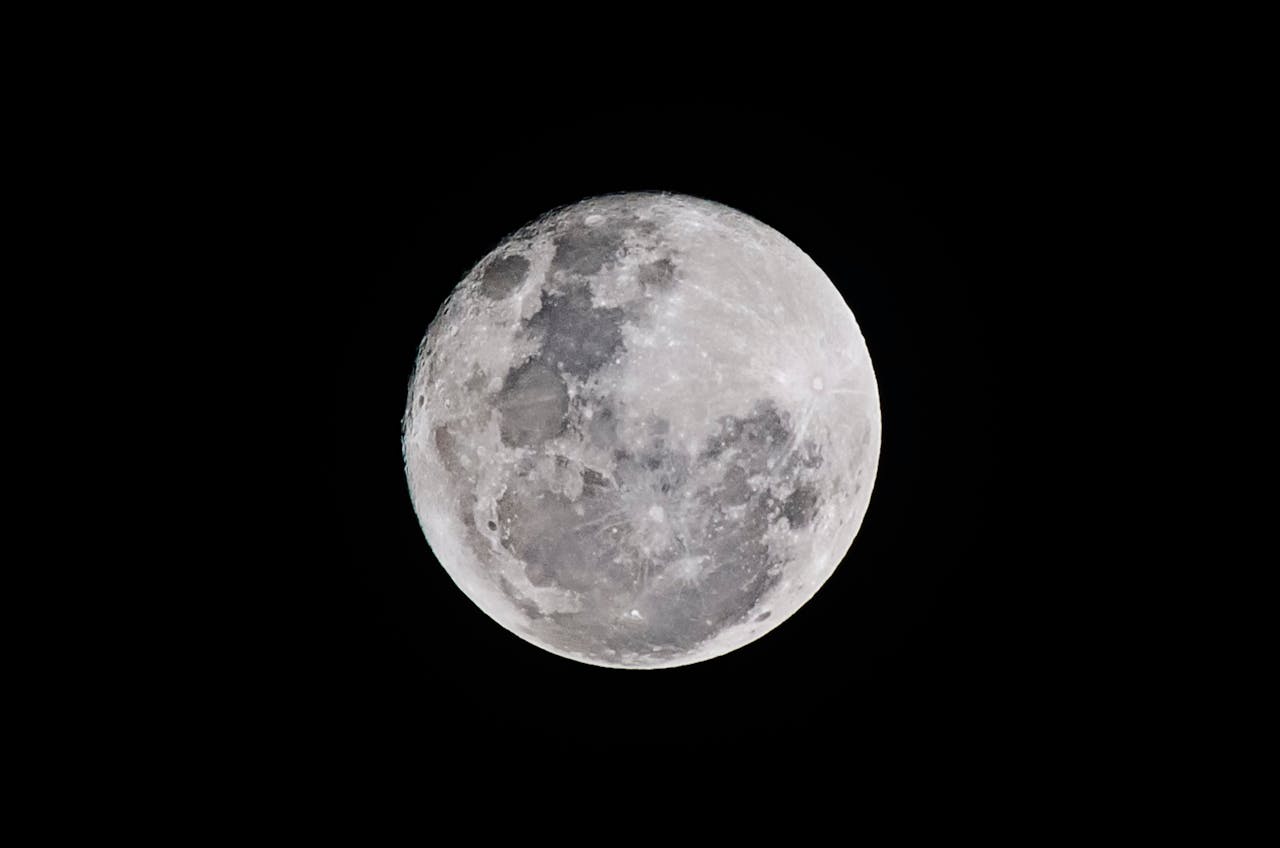
Exploring Lunar Mysteries: Unveiling Strange Volcanoes on the Moon’s Far Side
A groundbreaking discovery by Chinese scientists has unveiled mysterious volcanoes on the far side of the Moon, offering new insights that could reshape our understanding of lunar geology.
Recent findings published in Earth and Planetary Science Letters by Dr. Yuqi Qian and colleagues from the University of Hong Kong (HKU) reveal a complex history of volcanic activity spanning billions of years.
What does this discovery mean?
The research sheds light on volcanic activity within the Apollo basin, situated in the South Pole-Aitken basin, known as the solar system’s largest impact crater. Scientists discovered that volcanic eruptions occurred between 4.05 and 1.79 billion years ago, influenced by variations in the Moon’s crust thickness.
Key insights from the study
Volcanic activity in the Apollo basin was impacted by the thickness of the Moon’s crust. Thin crust allowed magma to reach the surface, forming lava flows, while thicker crust trapped magma beneath, creating basaltic dike intrusions.
Variations in crust thickness between the near and far sides of the Moon likely contributed to uneven volcanic distribution, explaining differences in lunar surface appearance.
The study highlights at least two distinct periods of volcanic eruptions with different chemical compositions in the southern maria plain of the Apollo basin, offering clues to the Moon’s geological evolution.
Significance of Chang’e-6 mission
The ongoing Chang’e-6 mission, launched on May 3, aims to collect soil samples from the Apollo basin. These samples are crucial for deepening our understanding of lunar volcanic history and the factors driving lunar asymmetry.
In summary, the discovery of unusual volcanoes on the Moon’s far side opens new avenues for lunar exploration and challenges existing theories about lunar geology. As scientists continue to unravel these mysteries, each new insight brings us closer to unlocking the secrets of our celestial neighbor. Stay tuned for further updates as Chang’e-6 embarks on its mission to uncover more lunar secrets.
